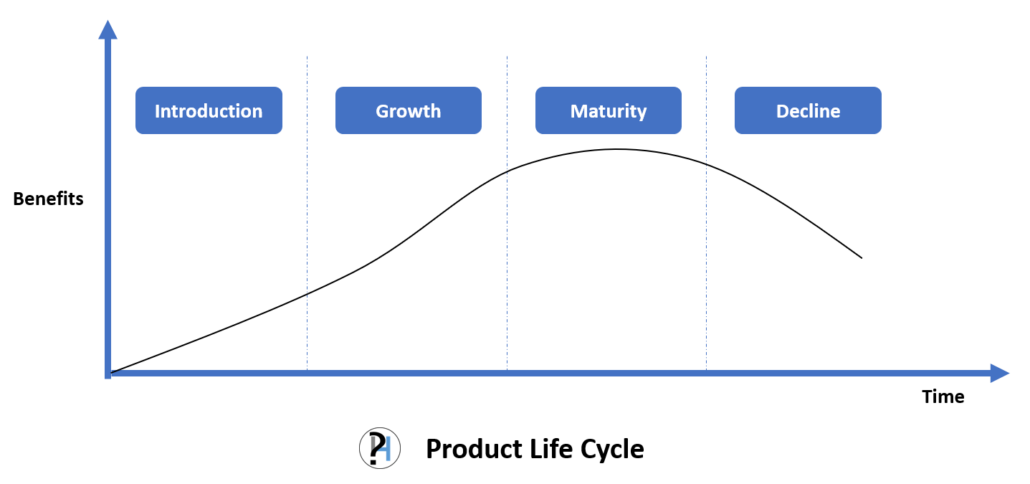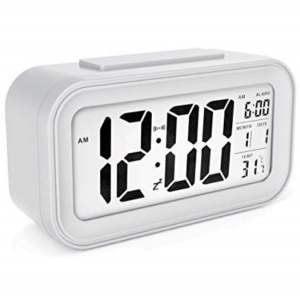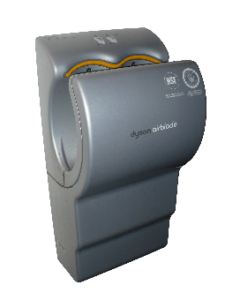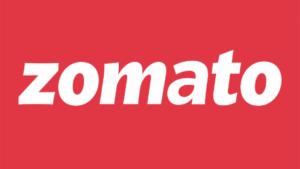Product Requirements Document (PRD) explained using the Mars Colony
Introduction
My first attempt at writing a blog on PRDs turned out to be quite dry with too much theoretical explanations. I was thinking of writing a sample PRD on a cool product to go along with it for quite some time now. As a Product Manager, I have the opportunity to work on some pretty cool projects, but I believe the Mars Colony is one of the coolest projects that humanity is working on. So here’s my attempt on writing a PRD on the Mars Colony followed by a note on what a good PRD should contain. Whether you’re a Product Manager, an engineer, or just someone who’s curious about the future of human space exploration, I hope you’ll find this informative and interesting.
A quick disclaimer before we proceed: Writing a PRD for the Mars colony is no small task, or in fact might not even make sense as it is a huge project made up of multiple products and projects. It would require a lot of research, collaboration, and creativity. We have to take into account the unique challenges of working on a planet that is not Earth, such as the harsh environment and the distance from Earth. But it’s also an incredibly exciting opportunity to push the limits of what’s possible and to contribute to humanity’s future on a cosmic scale. In the same spirit, this is an attempt to condense the vast project into a single PRD.
Product Requirements Document (PRD): Mars Colony Establishment
Introduction
This Product Requirements Document (PRD) outlines the requirements for the Mars Colony Establishment project. The goal of this project is to establish a sustainable human settlement on Mars by developing the necessary infrastructure and systems to support human life on the planet. This includes the design and development of a spacecraft capable of transporting humans and cargo to Mars, as well as the construction of habitable structures and the development of life support systems.
Target Audience
- Astronauts who will be living and working on Mars
- Researchers and engineers who will be working on the project
- Funding agencies and stakeholders
Stakeholders
- NASA
- SpaceX
- International Space Agencies
- Private investors
Product Description
The Mars Colony Establishment project will include the following components:
- Spacecraft:
- A spacecraft capable of transporting humans and cargo to Mars
- The spacecraft will have to withstand the harsh conditions of space travel and have the ability to land and take off from Mars
- The spacecraft should be able to carry at least 100 tons of cargo and 100 people
- Life Support Systems:
- Systems for producing food, water, and oxygen on Mars
- Systems for recycling waste and managing human waste
- Systems for maintaining temperature and humidity within habitable structure
- Habitable Structures:
- Habitable structures for housing and working on Mars
- The structures should be able to withstand the harsh Martian environment and provide a comfortable living space for the colonists
- The structures should be equipped with life support systems
- Transportation Systems:
- Transportation systems for moving people and goods within the colony
- The transportation systems should be able to operate in the Martian environment and allow for efficient movement within the colony
- Resource Extraction:
- Technology for extracting resources like water, ice, and minerals from the Martian environment
- The technology should be able to extract resources in a sustainable way and provide enough resources to support the colony
- Communication Systems:
- Communication systems for connecting the colony with Earth
- The communication systems should be able to withstand the harsh conditions of Mars and provide reliable communication with Earth
- Sustainability Plan:
- A plan for the long-term sustainability of the colony
- The plan should include strategies for maintaining and expanding the colony, as well as for managing risks and dealing with emergencies
Acceptance Criteria:
- The spacecraft is successfully launched and lands on Mars
- The life support systems are able to sustain human life on Mars
- The habitable structures provide a comfortable living space for the colonists
- The transportation systems allow for efficient movement within the colony
- The resource extraction technology provides enough resources to support the colony
- The communication systems provide reliable communication with Earth
- The sustainability plan ensures the long-term survival of the colony
Contraints
- Budget: The project will require significant investment
- Time: The project should be completed within a decade
- Technology: Some of the technology required for this project does not yet exist and will need to be developed
Dependencies
- NASA’s Perseverance Rover mission on Mars
What is a PRD and how do you write a good one?
Hopefully by now, you’ll have got the concept of what a PRD is and what it is trying to achieve. A Product Requirements Document (PRD) is a document that outlines the specific requirements and specifications for a product or feature that is being developed. It is used to communicate the expectations and goals of the product to the development team, stakeholders, and other relevant parties. The purpose of a PRD is to ensure that all team members have a clear understanding of what the final product or feature should look like and how it should function.
A good Product Requirements Document (PRD) typically includes the following components:
- Introduction: This section provides an overview of the project, including the background, goals, and objectives. It also identifies the target audience and stakeholders.
- Product Description: This section provides a detailed description of the product or feature being developed, including its functionality, user interface, and any technical requirements.
- User Requirements: This section outlines the specific needs and expectations of the target users, such as performance and usability requirements.
- Acceptance Criteria: This section describes the specific requirements that must be met for the product or feature to be considered complete and ready for release. This may include functional, performance, and usability requirements.
- Constraints: This section lists any constraints or limitations that will impact the development of the product or feature, such as budget, time, or technology limitations.
- Dependencies: This section outlines any dependencies or external factors that will impact the development of the product or feature, such as third-party software or hardware.
- Assumptions: This section lists any assumptions that have been made in the development of the product or feature, such as user behaviours or technical capabilities.
- Appendices: This section includes any additional information that supports the PRD, such as wireframes, mockups, or user research data.
It’s important to note that the components of a PRD may vary depending on the specific project and the organisation. However, the most important characteristic for a good PRD is that it is clear, concise, and provide enough information for the development team to understand the requirements and begin work on the product or feature
Closing Notes
As mentioned, your PRD might not have all the components listed above, or might have some additional sections, but it is perfectly fine if it fulfils it’s core objective – “Provide enough information for the development team to understand the requirements and begin work on the product or feature”. Now how would you rate my Mars colony PRD on this metric?


 Looking around while writing this blog, I saw the alarm clock on my desk. What new ideas can we generate if use Flip-It! on an alarm clock. Let’s ask the questions.
Looking around while writing this blog, I saw the alarm clock on my desk. What new ideas can we generate if use Flip-It! on an alarm clock. Let’s ask the questions. Suppose you are a product manager working with Dyson and you need to think of a product line extension for your Airblade hand dryers. Let’s see what ideas can we come up with Flip-It!
Suppose you are a product manager working with Dyson and you need to think of a product line extension for your Airblade hand dryers. Let’s see what ideas can we come up with Flip-It! Now, pick up any app on your phone and put it through this exercise and see if we can come up with a new app idea. I am picking up Zomato, a popular restaurant discovery and food delivery app.
Now, pick up any app on your phone and put it through this exercise and see if we can come up with a new app idea. I am picking up Zomato, a popular restaurant discovery and food delivery app.